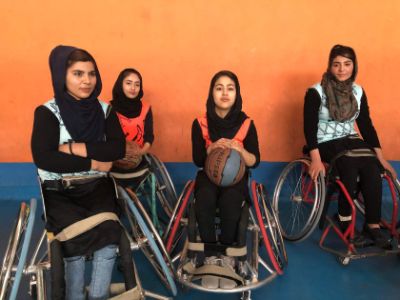Learning objectives
By the end of the module, you should be able to:
- Explain what information is needed to design, implement and monitor an inclusive humanitarian response
- Describe the types of data that are needed to meet these information needs
- Explain how to use data on persons with disabilities to design an inclusive response using a twin track approach
- Define specific indicators for disability inclusion and identify indicators to be disaggregated by disability
- Describe approaches to monitoring access to assistance by persons with disabilities
- Identify actions to be taken by coordination teams to improve coordination on disability inclusion, including through partnership with OPDs
Audience
This module targets primarily Cluster/AoR Coordination Teams (coordinators and IMOs). This module is also suitable for staff of organisations members of any cluster/sector/AoR; or disability actors interested in engaging in humanitarian coordination.
Length
It should take you about 50 minutes to complete this self-paced course.
Methodology
This course is composed of a single short self-paced animated module, including various examples and activities.
Structure
Introduction
Lesson 1: Information needed to inform an inclusive response
Lesson 2: Designing an inclusive response
Lesson 3: Monitoring disability inclusion
Lesson 4: Coordinating an inclusive response
Summary
Suggested further learning
Collecting data for the inclusion of persons with disabilities in humanitarian action
Basic principles of disability inclusion in humanitarian response
Contact
For issues regarding content, you can contact: klange@unicef.org
